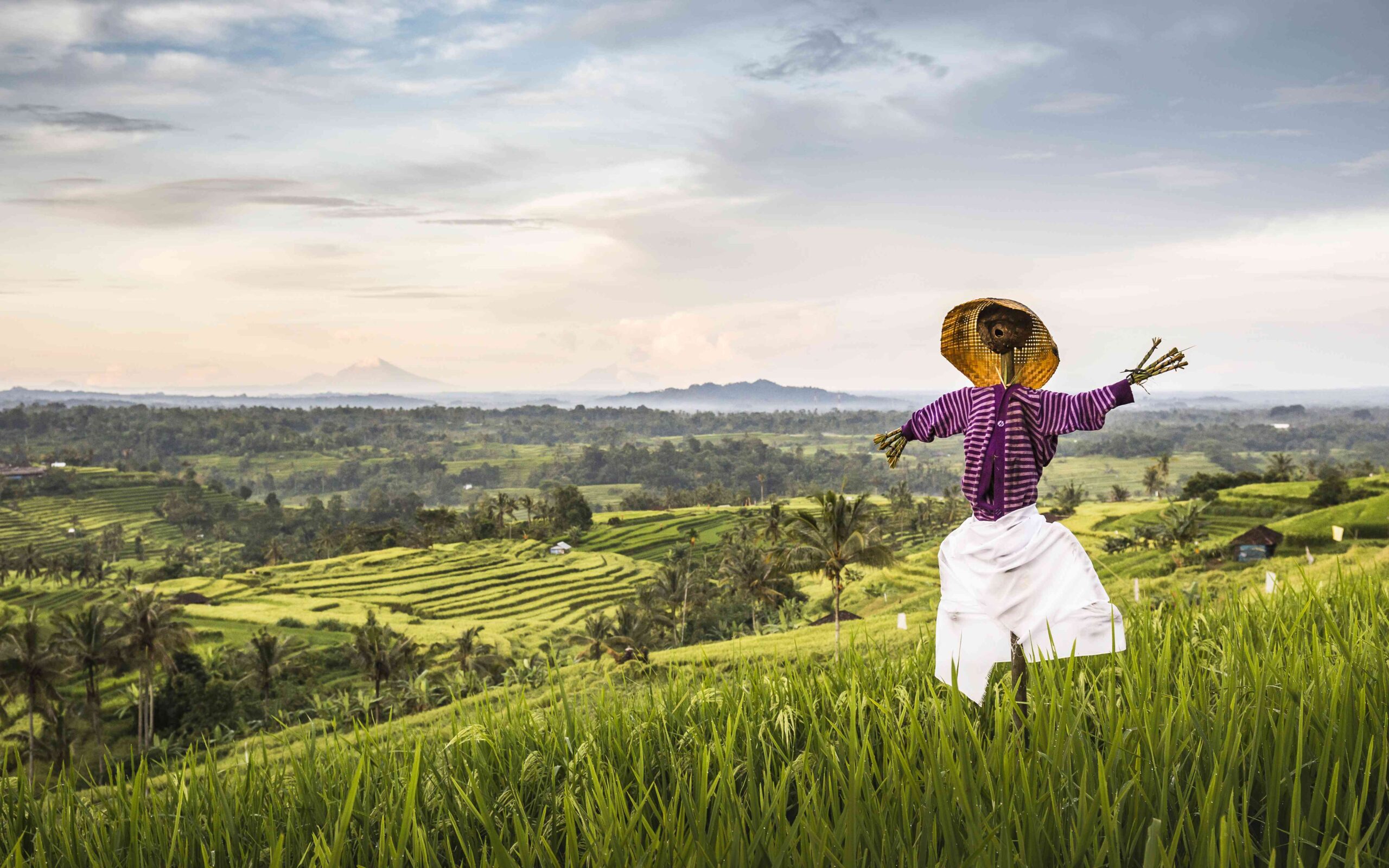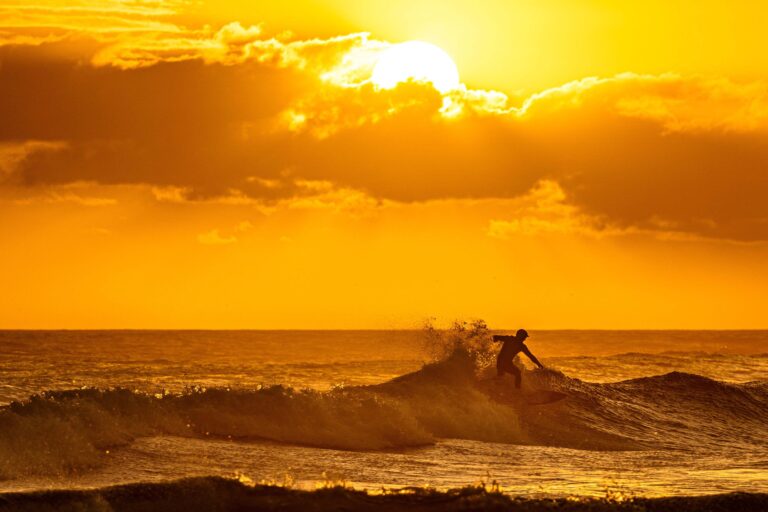If you love to visit UNESCO World Heritage Sites when you’re on holiday, you may be surprised to learn that Bali only has one such site – the Subak System.
This is despite the fact that there are many places on the island that could qualify for UNESCO status.
We’ll take you through the reasons that Bali is unlikely to see many more UNESCO sites any time soon and give you a guided tour of the Subak System itself.
Then, we’ll take a look at the major challenges facing this part of the cultural landscape of Bali in 2023 and ask whether the Subak System can survive much longer.
Bali’s Complex Relationship With UNESCO

The island of Bali depends on tourism. In fact, nearly 80% of all the money in the Balinese economy stems from tourist activity.
The island loves its tourists and cultivates relationships with them that go far beyond the usual relationship between locals and visitors.
However, over the last decade or so, local communities and the Balinese government have begun to see the risks posed to the fabric of the land by over-tourism.
The beach towns are suffering due to a lack of infrastructure, which makes it hard to get from A to B in a sensible time.
And smaller communities can find themselves overwhelmed when their village or local heritage suddenly ends up on the tourism map.
A UNESCO site receives an estimated 100,000 more visitors a year, than it did before it was a UNESCO site.
Many of the most popular places in Bali that could qualify for UNESCO status, would be unable to cope with an additional 100,000 visitors.
Many local people turned to their local councils in dismay at the potential damage to their heritage and as anyone familiar with Bali will know, these councils are powerful political entities.
So, at the urging of local councils, the Balinese government withdrew all applications for UNESCO World Heritage Status at the end of 2012. This affected many major sites in Bali such as the Tanah Lot Temple.
However, at this point, there was already one world heritage site in Bali and that was the Subak System (often thought of as the Jatiluwih Rice Terraces, though technically, the system encompasses much more of Bali than the rice terraces).
The rice terraces and the irrigation system kept their status when Bali withdrew its applications and thus, it is the only UNESCO site in Bali and is likely to remain the only UNESCO site in Bali for the foreseeable future.
Bali’s Subak System: The Ultimate Water Management System
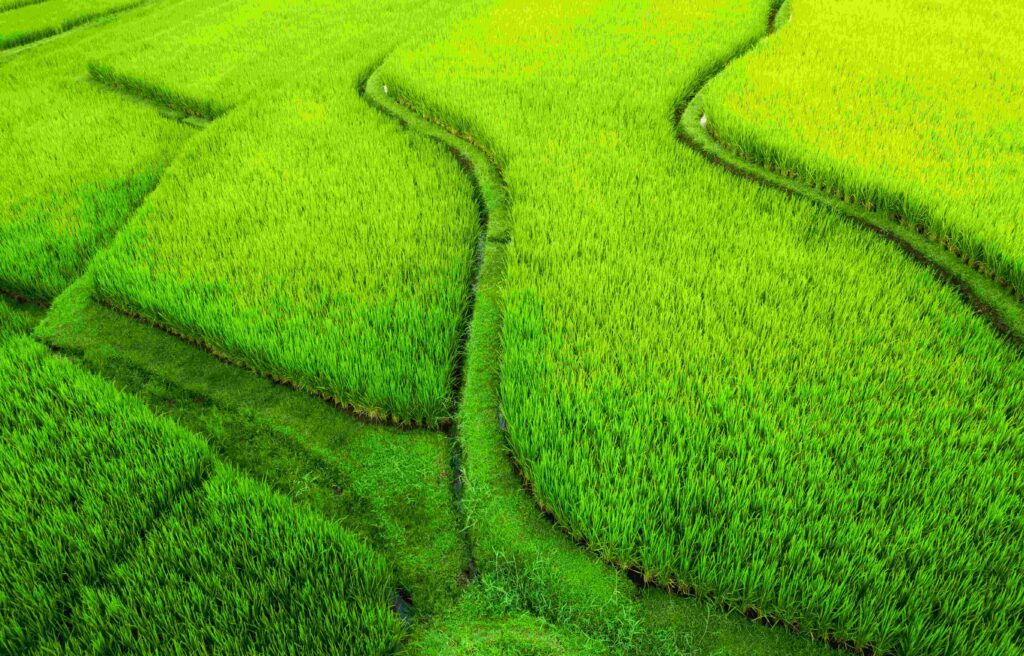
The Subak System began at some point during the 9th Century, an incredible feat considering the huge area that it covers.
At that time, Bali would have been a patchwork of kingdoms and persuading them to cooperate across borders must have taken some serious work.
The farmers of Bali formed a cooperative that saw them start to manage the water for the fields in a communal fashion.
This was made easier for them by the fact that Bali has a lot of rainfall and the mountainous central region means there are many lakes and rivers around the island to take advantage of for the rice fields.
It appears that the system was formalized around the 11th century AD when it is mentioned in an ancient text as “kasuwakara” which would, over the year, become first “suwak” and then “subak”.
Other texts from this time period make it clear that the system is linked to the Besakih Temple which suggests that Subak predates the 11th century even if this is the first time it is mentioned in the written record.
Bali’s Subak System Exemplifies The Tri Hita Karana Philosophy
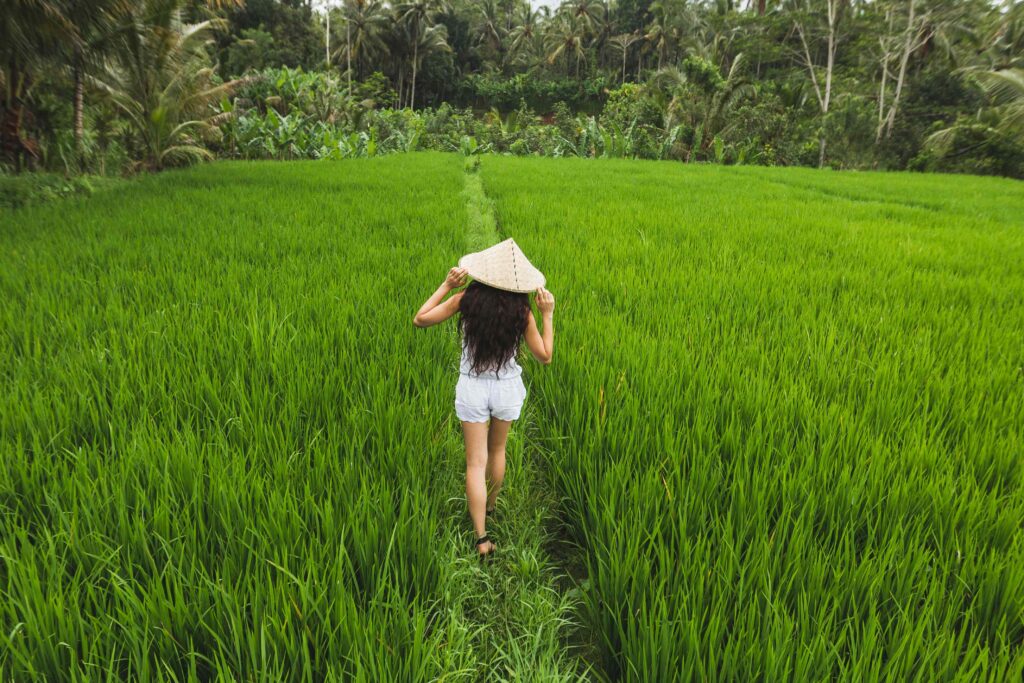
The Tri Hita Karana Philosophy is unique to Bali and it is the idea that humans must maintain a harmonious relationship with the environment and their spiritual world if they want to prosper.
The name “Tri Hita Karana” means “the three causes of well-being” or, perhaps, “the three causes of prosperity”.
These principles guide nearly every aspect of Balinese culture and life on the island.
They manifest in everything from the gotong-royong (a communal cooperative practice) to the way that Balinese architecture is designed.
It has had such an enormous impact in Indonesia, that the former president, showed how it had affected the Subak system at an international conference of APEC members on sustainable development back in 2013.
Bali’s Subak System: The Individual Components
There are many parts to this system and not all of them are broken out into individual components.
Irrigation would be impossible without the forests that help to funnel and protect water from the land to the rivers and streams of the island.
It also relies on rice terraces and the man-made canals, tunnels, weirs and villages around those terraces.
All these elements in harmony have enabled the system to shape the Balinese landscape for over 1,000 years.
However, there are four parts of the system that deserve special mention.
The Supreme Water Temple: Pura Ulun Danu Batur

The Pura Ulun Danu Batur temple is the supreme water temple of the island and it sits on the shores of the crater lake, Lake Batur on the slopes of Mount Batur Volcano.
This lake is considered to be the primary source of all springs and rivers on the island by the Balinese people.
The temple is dedicated to the Water Goddess, Dewi Deva, and most Balinese farmers nearby will come to this temple to make offerings for the success of the harvest.
The other water temples across Bali are considered to be linked to this temple (in the same way that all temples are linked to the Mother Temple, Besakih) and they serve a similar purpose in the network.
This temple is well worth a visit, particularly in the rainy season, when it appears to float on the surface of the lake.
The Pakerisian River is the river that supplies the vast majority of rice terraces in and around Ubud in central Bali.
It flows past the Tirta Empul Water Temple which is one of the water temples that help to support the Subak Network.
The Rice Terraces And Subak Landscape: Catur Angga Batukaru
Nearly all rice terraces in Bali depend on this system and that can make it hard to define the exact area that Subak covers.
However, the Catur Angga Batukaru is the area that UNESCO considers to be the rice terraces of the Subak Landscape.
The Royal Water Temple: Pura Taman Ayun

Taman Ayun Temple is a Royal Water Temple but for the purposes of Subak, it’s THE Royal Water Temple.
That’s because it’s the biggest and most distinguished, from an architectural perspective, and it represents the final expansion of the Subak network in the 18th century.
It’s a very attractive place with lush tropical gardens and very interesting water features on the grounds.
Religious Traditions Found In The Architecture Of These System Components

The classical Balinese temple architecture at these sites is not purely based on Hinduism (though both the Shaiva Siddhanta and Samkhya branches of the faith are represented) it also incorporates Vajrayana Buddhism and a form of Austronesian cosmology.
There are also religious aspects in the management of the system and this includes a wide range of religious ceremonies (such as paying homage to Dewi Sri, the goddess of rice and harvest, and Dewi Danu the goddess of water and Lake Batur).
In fact, there are 16 different and distinct ritual concepts that make up the Subak calendar and each marks a different phase in the cycle of rice production.
There are group ceremonies such as the mapag toya mark, which is held before the planting season begins.
And then there are more individual ceremonies such as pangwiwit, which is performed by a local Hindu priest to help with the preparation of the seed beds in the fields.
The temple network in Bali, and particularly its water temples, is meant to highlight the blend of spirituality and humanity that makes the system possible.
When Was The Subak System Made A UNESCO World Heritage Site?
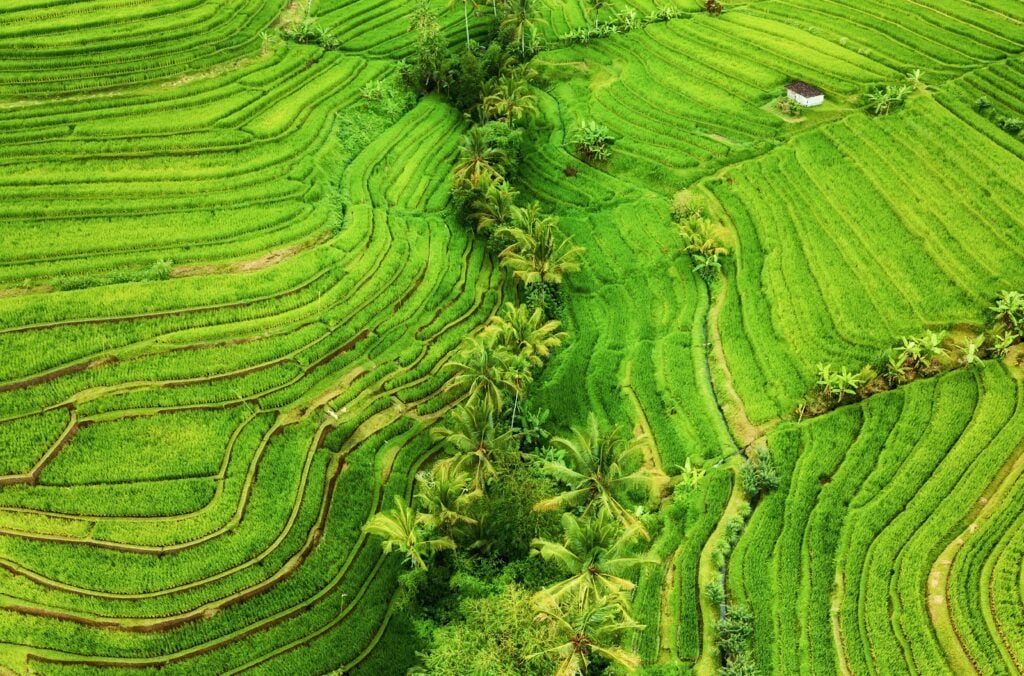
The Subak System received its full UNESCO status on the 6th of July, 2012.
The award covers the Supreme Water Temple at Lake Batur, two Subak landscapes, and the Royal Water Temple.
The system represents the roughly 1,200 water collectives in the nation each consisting of between 50 and 400 local farmers, working together to manage the water throughout the system.
2024: The Threat To The Subak System And The Challenges Facing This 1,000-Year-Old Way Of Life
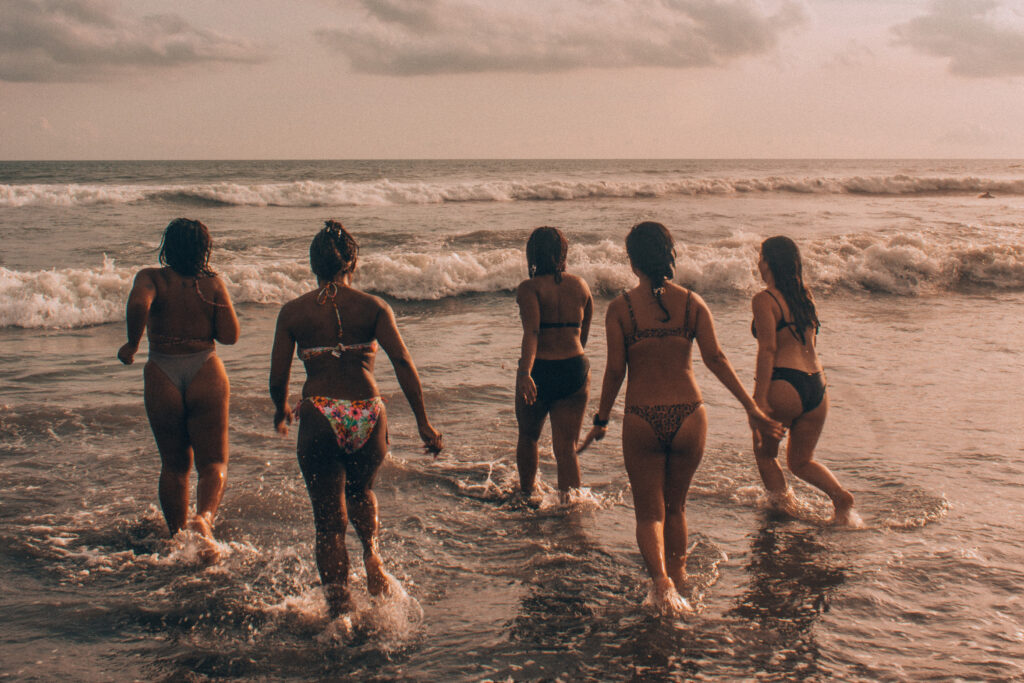
Bali’s farmers are facing a major crisis in 2024 and sadly, it stems, in part, largely from tourism, though population growth and poor management of water resources also play their part in things.
The island has a major shortage of water. That lack of water is having a major impact on the Subak area, wells for villages, food production and more.
Perhaps, the biggest issue causing this crisis is that for many local people, it’s much cheaper to drop a borehole down into the groundwater supply than it is to use the government-supplied water pipelines.
When you’re poor, you’re going to opt to save money in any way that you can.
But there are other problems too, the island has cleared forests (which help to retain water) to build on and demolished many rice fields to make way for golf courses and other infrastructure.
Unfortunately, when you combine all these problems, the local water table has dropped by nearly 50 meters in a single decade!
In the South of the island, where the most tourism occurs, local wells are running dry or coming up brackish and contaminated with salt water and across the island there is a real shortage of water.
There are laws governing the use of water in Bali, but the local government is resource-poor and thus, can’t afford to dedicate the kind of manpower it would take to ensure that water is managed properly here.
For rice farmers, the impact on the fields served by the Subak has seen yields drop from 2-3 harvests a year to a single harvest.
Given how important rice is as part of the local diet, this could be a catastrophe in waiting.
At the moment, there are no easy or obvious solutions to this issue and it’s only likely to get worse as development continues in Bali.
Are There Any UNESCO World Heritage Sites In Bali?
Just one, the Subak Water Management System. This encompasses a large area of land which includes incredible rice terraces, Balinese water temples, and a river system.
It is considered by many to have outstanding universal value to mankind and the Subak Land is an outstanding example of how many can live in harmony with the natural world.
How Many UNESCO Sites Are There In Indonesia?
Indonesia, as we go to press at the end of 2023, currently has 10 UNESCO World Heritage sites in total and that means it has the highest number of these sites in Southeast Asia.
The sites include the Borobudur Temple (in Central Java), the Special Region of Yogyakarta, the Subak System (in Bali), Komodo National Park, Lorentz National Park (in Papua), Prambanan Temple, Omblin Coal Mines, Sangiran Early Man excavation site, the tropical rainforest of Sumatra and Ujung Kulon National Park.
There are many other sites across the archipelago that are currently under consideration for UNESCO status.
However, Bali has withdrawn all other sites on the island from UNESCO consideration and it is unlikely that it will resubmit applications to UNESCO in the near future.
What Is A Balinese Subak?
Technically, it’s just a group of rice fields that have been grouped together for efficient irrigation.
However, mainly when people talk of “Subak” in Bali, they mean the entire irrigation system and all the temples, etc. that form part of that system.
How Does Subak Work?
This is quite complicated but the essence of it is this:
Water begins at a major water source – in most cases, this is a river
The local farmers build weirs and/or dams to help divert water into a series of canals that are designed by the farmers
The canal is redirected as often as needed until it reaches a given rice field plot or plots
The local farmers agree to share the water among them and manage the canal network to ensure that every farmer’s fields get s enough water
Then, the final farmer in the chain, allows the water to return to the main water source downstream
The role of temples in this is a bit more complicated but you could think of temples as sacred markers to where the major diversions of watercourses begin to take place.
There is also a full chain of human management involved and the local rice fields are managed by a “Pekaseh” who is a leader that is chosen by his fellow farmers.
Then, he has a deputy (Petajuh), a clerk (Penyarikan), a treasurer (Petengen), a courier (Kasinoman), etc. to help with this and again, these are all positions that are nominated and elected by the farmers.
Any group of farmers of 20-40 farmers that are involved in this process is known as a “Munduk” and they will also elect a chairman known as a Pengliman.
What Does Subak Mean In Balinese?
The word “subak” translates to “cooperation” and it’s meant to illustrate the cooperation between man and the natural and spiritual world to deliver this incredible water management system.
It’s the earliest known large-scale irrigation system and an incredible feat of engineering.
Final Thoughts On UNESCO Bali And The Cultural Landscape Of Bali
If you’re visiting Bali, then you ought to be fascinated by the cultural landscape of Bali and that means the world’s oldest known irrigation system ought to be on your itinerary.
The Subak system is a testament to the adaptability of humankind and our ability to find eco-friendly ways of working with our environment to provide for everyone.
Sadly, this system may not continue to function forever due to a new way of working the land that is not as harmoniously designed as this incredible irrigation method. See it while you still can.

